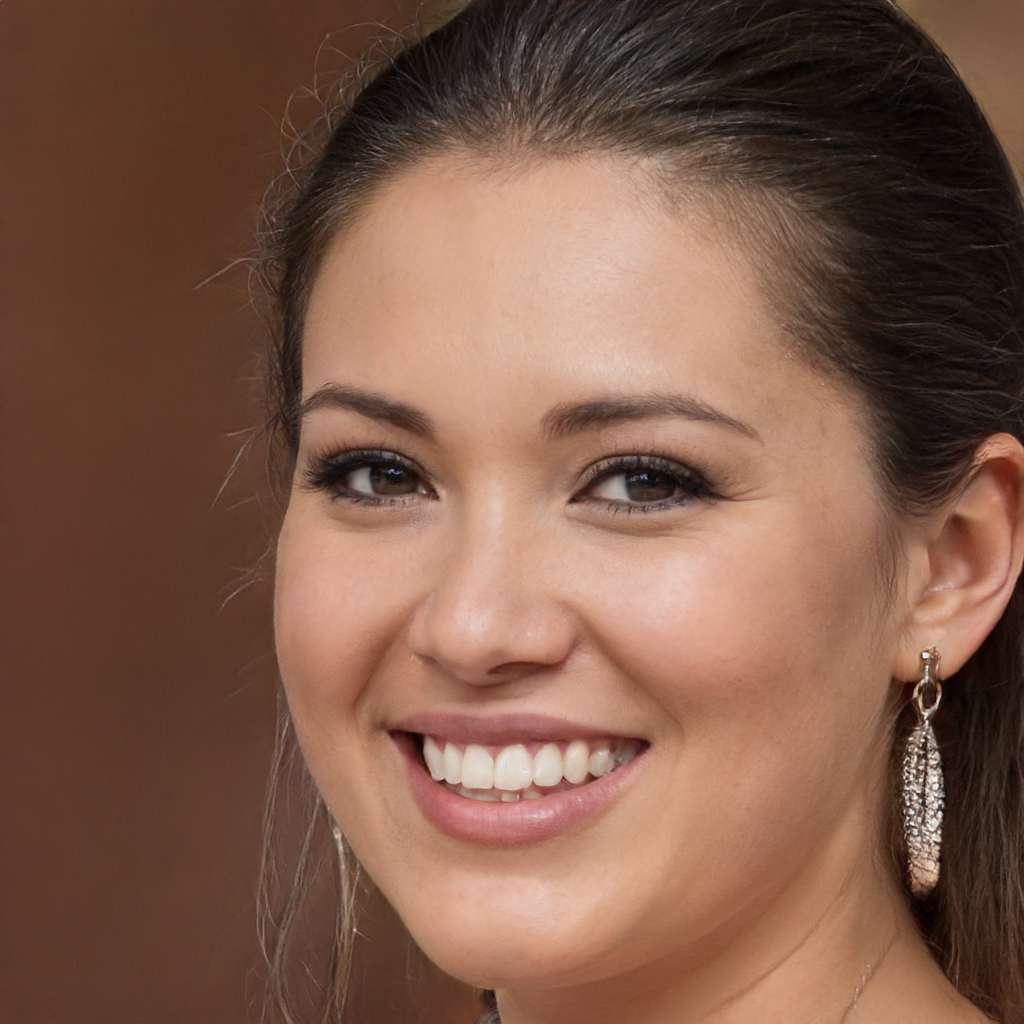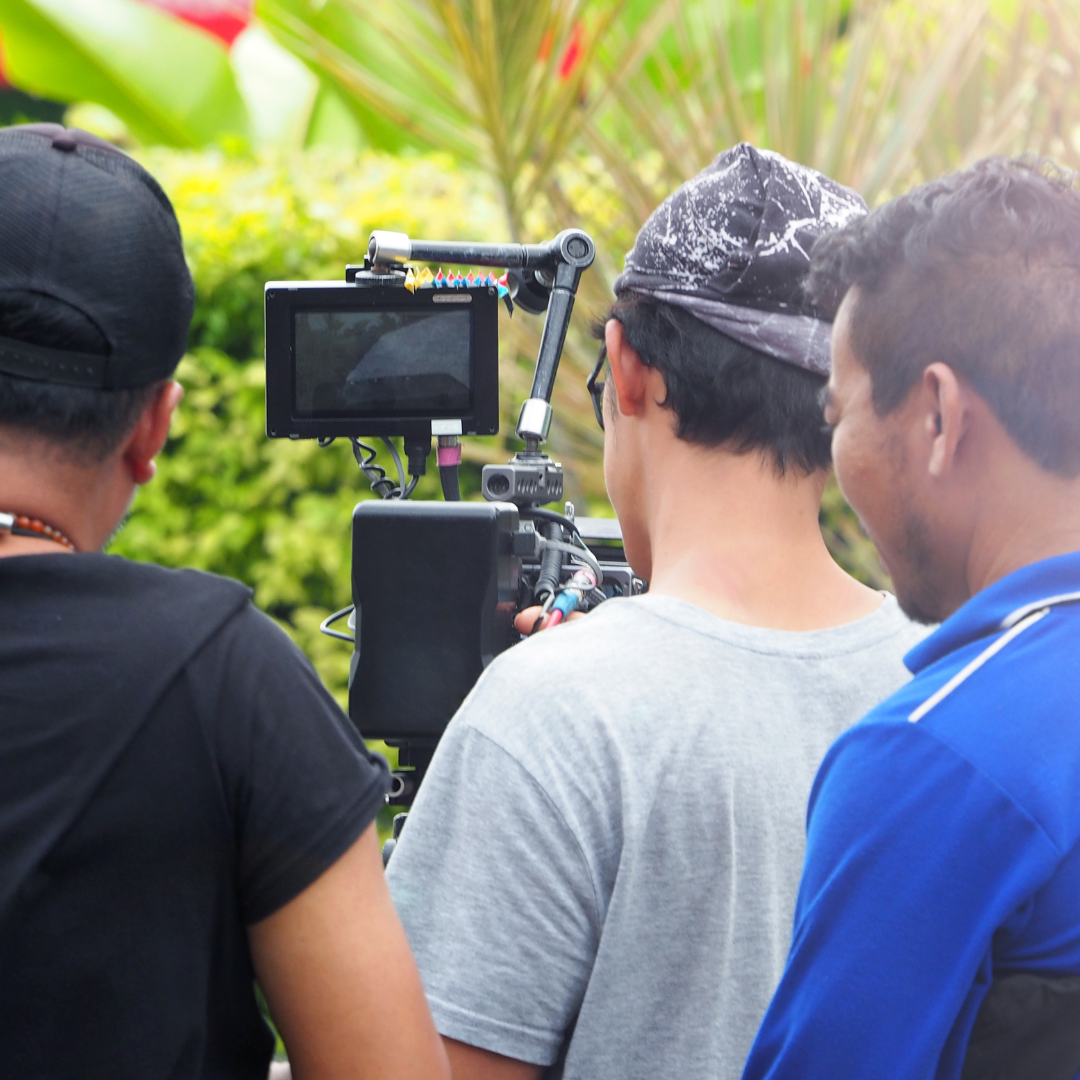Behind the Scenes: The Art of Directing in TV and Film
Welcome to the world of movie-making! From setting up camera angles to directing actors, filmmaking is a complex art that requires skill and technique. Behind every great film or TV show is an exceptional director who brings their vision to life through meticulous planning and execution.
In this blog post, we’ll explore what it takes to be a successful director in the entertainment industry, delving into the creative process behind some of our favorite shows and films. So let’s grab some popcorn and join us as we go behind the scenes of the art of directing in TV and film!
The Role of a Director in Film and TV Production
In film and television, the director is responsible for the overall creative vision of the project. This includes working with the writer to develop the story, casting the actors, working with the crew to create the look and feel of the production, and overseeing all aspects of post-production.
The director is also responsible for guiding the actors through their performances. This includes giving them direction on how to play their scenes and helping them understand their characters’ motivations. In television, directors often work with the show’s writers to help shape each episode’s stories.
Directing is both a creative and technical process. A good director must have a strong understanding of both aspects to successfully bring a project to life.
Understanding Cinematography: The Director’s Perspective
As a director, it is essential to have a strong understanding of cinematography to create the desired look and feel for the project. This section will explore the director’s perspective on cinematography and how it can be used to create powerful visuals.
Cinematography is all about creating the right images and framing them in such a way that they evoke emotion and tell a story. As a director is about being responsible for setting the tone and mood of the project, and cinematography plays a vital role in this. They can create visually stunning scenes that resonate with viewers by understanding how to use light, shadow, color, and composition.
Cinematography can also convey information about the characters and world of the film or TV show. For example, by using wide shots or close-ups, they can control how much information the audience receives about the scene. This is an essential tool for directing the flow of information and keeping viewers engaged with the story.
By understanding how to use cinematography effectively, directors can create powerful visuals that enhance their project’s storytelling.
Post-Production: The Director’s Role in Editing and Sound Design
After the cameras have stopped rolling and the final take is in the can, a director’s work is far from over. The real work of directing begins in post-production. This is where the director works with the editor and sound designer to craft the final product.
The director plays a vital role in post-production, providing input on which takes to use, what scenes to cut, and how to structure the film or episode. The director also oversees the sound design, ensuring the audio enhances the story on screen. With so much riding on post-production, directors need to be involved every step of the way. By collaborating with the editor and sound designer, directors can ensure that their vision for the project is realized in the final product.
Directing Styles: Exploring Different Approaches to Filmmaking
Different directors have different styles when it comes to filmmaking. Some are more hands-on, while others prefer to let the actors and crew do their thing. Here are some of the different approaches to directing:
The Auteur Theory
According to this theory, a film’s distinctive voice stems mainly from the director’s vision and approach. This approach is often associated with art houses or independent films, where the director has complete creative control.
The Classroom Approach
This method is often used in educational settings, where the director serves as a mentor or teacher, guiding the cast and crew through making a film. This approach emphasizes collaboration and everyone working together to achieve a common goal.
The Visionary Approach
A film’s success depends on the director’s ability to see it through from beginning to end. They work closely with the screenwriter to ensure the script matches their vision. Then they guide the cast and crew through production to ensure everything comes together as planned. This type of directing can be seen in big-budget Hollywood blockbusters, where everything needs to be tightly controlled to meet deadlines and stay on budget.
The Collaborative Approach
The success of this method depends on the director’s ability to work closely with the actors and technicians. Everyone works together to create a unified vision, bringing their ideas and skills to bear on the film. This approach encourages creative problem-solving and open dialogue, allowing for more freedom during production.
No matter which style they prefer, it’s important to remember that there’s no right way to make a film. Every director has a unique style, and what works for one may not work for another. The key is being open-minded and willing to experiment to find its directing style.
Behind-the-Scenes with the Masters
The art of directing in TV and film is an intricate process requiring expertise, finesse, and a deep understanding of the industry and storytelling. It’s no wonder why directors are such influential figures in the media industry; their ability to bring stories to life on screen is unparalleled. With this guide, we can better understand how films come together behind-the-scenes thanks to great directors who know their craft well.


